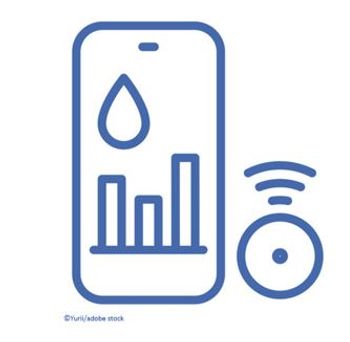
New Diabetes Guidelines Feature Individualized Care
The newly released recommendations outline key goals and the tools to reach them, including a tiered approach to obesity management.
The American Diabetes Association’s (ADA’s) newly released Standards of Medical Care in Diabetes-2016 provides healthcare professionals with all components of diabetes care, general treatment goals, and tools to evaluate quality care. The emphasis: individualized care.
For example, the annually
The guidelines address ethnic, cultural, gender, and socioeconomic differences and disparities and provide guidance regarding food insecurity, cognitive dysfunction, mental illness, and patients with HIV who also have diabetes.
Diabetes management requires individualized, patient-centered, and culturally appropriate strategies, noted Jane Chiang, MD, ADA Senior Vice President, Medical and Community Affairs.
“The new obesity management and vulnerable population sections are two examples where individualized care is so important,” Dr Chiang said. “These interventions can help reduce the risk of long-term complications and improve diabetes outcomes.”
The
In addition, the guidelines expand the scope of treatment for various populations with diabetes. New recommendations address diabetes self-management education and support, psychosocial issues, and treatment for youth with type 2 diabetes. An in-depth section on older adults provides a framework for treatment based on cognitive impairment, coexisting chronic illnesses, and functional status. New recommendations for women of child-bearing age discuss pregestational diabetes, gestational diabetes, and diabetes management in pregnancy.
Updated recommendations on atherosclerotic cardiovascular disease suggest that clinicians consider prescribing aspirin therapy to women age 50 years and older who have at least 1 additional major risk factor and are not at increased risk for bleeding. To manage lipids, the guidelines recommend adding ezetimibe to moderate-intensity statins to provide additional cardiovascular benefits for select persons with diabetes.
The guidelines recognize the key role of technology in diabetes management. A new recommendation states that persons who use glucose monitoring and insulin pumps should have continuous access after they reach age 65 years. Persons at risk for type 2 diabetes are advised to consider the use of Internet-based social networks, distance learning, and mobile applications to effectively modify behaviors to prevent the disease.
“It is an increased challenge for health care providers to address socioeconomic disparities, cultural differences, and needs dictated by factors as diverse as cognitive impairment, cardiovascular disease, HIV infection, and food insecurity when effectively treating diabetes,” said William H. Herman, MD, MPH, Professor of Medicine and Epidemiology at the University of Michigan and chair of the ADA’s Professional Practice Committee. “The Standards of Care cohesively outline goals for effective diabetes treatment in one place and as a result make diabetes management more accessible.”
An
Newsletter
Enhance your clinical practice with the Patient Care newsletter, offering the latest evidence-based guidelines, diagnostic insights, and treatment strategies for primary care physicians.


















































































































































































































































































